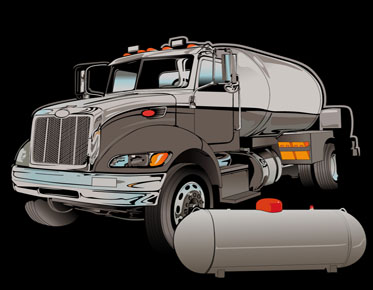Unleashing the Power of Vector Art Conversion Services in Animation and Motion Graphics Creation
Vector art conversion services play a crucial
role in the creation of vector-based animations or motion graphics. By
converting raster images into scalable vector formats, these services offer
numerous benefits that contribute to the overall quality, flexibility, and
efficiency of animated content. This article explores the ways in which vector art conversion services can
assist in creating captivating vector-based animations or motion graphics,
highlighting the advantages they bring to the table.
I. Vector Art Conversion for Resolution Independence
1.1 Achieving Scalability:
Vector art conversion services enable the
transformation of raster images into vector graphics, which are
resolution-independent. This means that regardless of the size or scale at
which an animation or motion graphic is viewed, it maintains its visual quality
without any loss of detail or pixelation.
1.2 Smooth Animations and Transitions:
With vector-based animations, smooth transitions and movements are key. By converting raster graphics into vector formats, animation sequences can be rendered with crisp edges, clean lines, and precise shapes, resulting in visually appealing and fluid motion graphics.
II. Simplified Editing and Adaptability
2.1 Flexibility in Design Modifications:
Vector graphics offer the advantage of easy
editing and modification. Vector art conversion services allow animators and
motion graphic designers to make changes to elements within the animation or
motion graphic without compromising its quality. This flexibility accelerates
the design iteration process and saves valuable production time.
2.2 Multi-platform Compatibility:
Vector graphics can be easily adapted to
different platforms, including web, mobile, and broadcast media. With vector conversion services, animators
can ensure their creations are compatible with various display resolutions,
screen sizes, and aspect ratios, making them suitable for a wide range of
devices and platforms.
III. Efficient Workflow and File Size Optimization
3.1 Streamlined Production Process:
Vector art services help streamline
the production process by providing clean and optimized vector files. This
allows animators to work more efficiently, as they can focus on animating and
fine-tuning the graphics rather than dealing with technical challenges related
to file formats or image quality.
3.2 Reduced File Size:
Vector-based animations typically have smaller
file sizes compared to their raster counterparts. This not only simplifies
storage and distribution but also contributes to faster loading times, making
the animated content more accessible and user-friendly across different
platforms.
Conclusion:
Vector design services offer a range of benefits that
significantly enhance the creation of vector-based animations or motion
graphics. From resolution independence and design flexibility to streamlined
workflows and optimized file sizes, these services empower animators and motion
graphic designers to deliver visually captivating and adaptable content.
FAQs:
1. Can vector art conversion services convert
any type of raster image into vector format?
Yes, vector art conversion services are
designed to handle various types of raster images, including photographs,
logos, and illustrations.
2. Are there any limitations to using vector
graphics in animations or motion graphics?
While vector graphics offer numerous advantages, certain complex visual effects or
textures may be better suited for raster-based graphics.
3. How long does it typically take to convert
raster images into vector graphics using these services?
The turnaround time can vary depending on
factors such as the complexity of the image and the specific requirements of
the project. However, most vector art conversion services strive to deliver
results within a reasonable timeframe, usually ranging from a few hours to a
few days.



